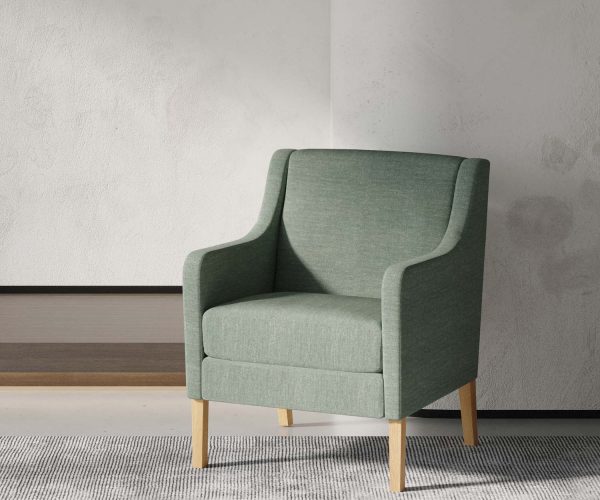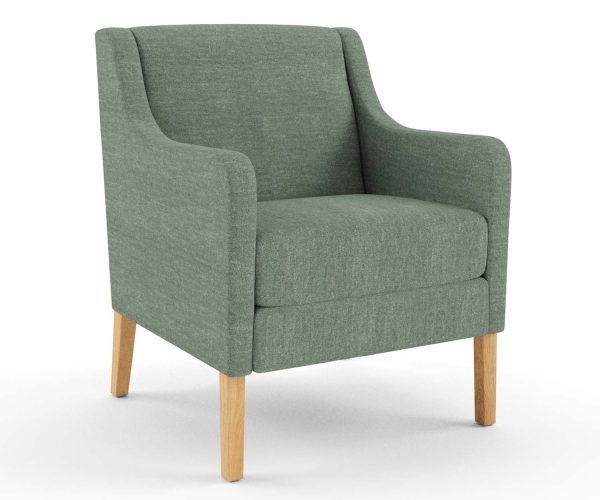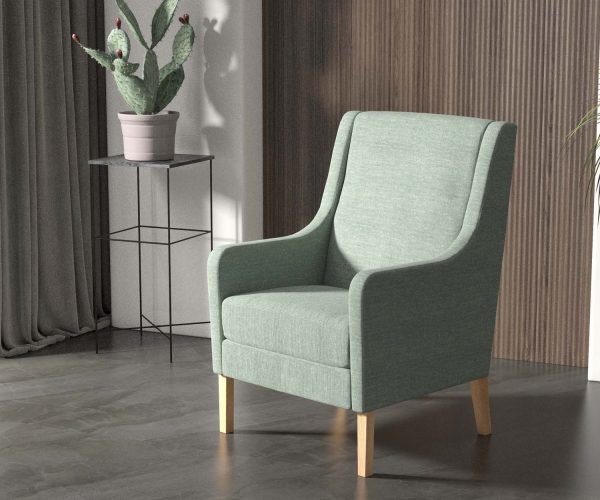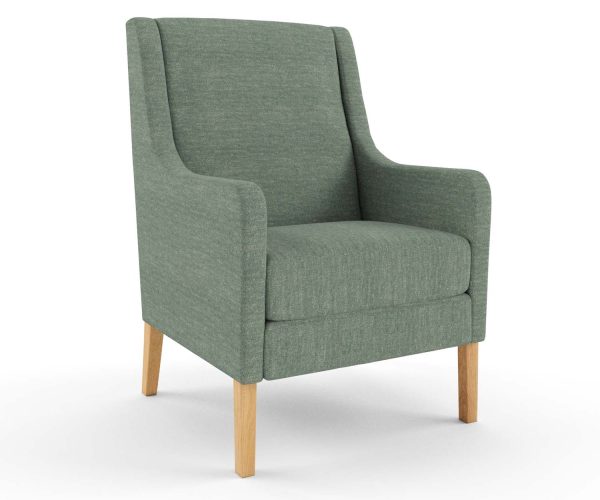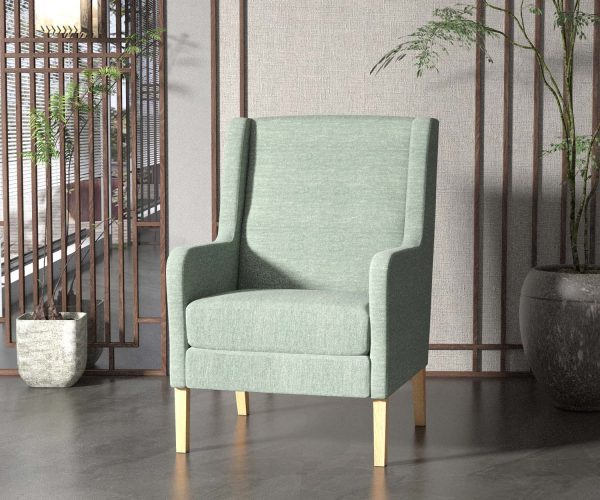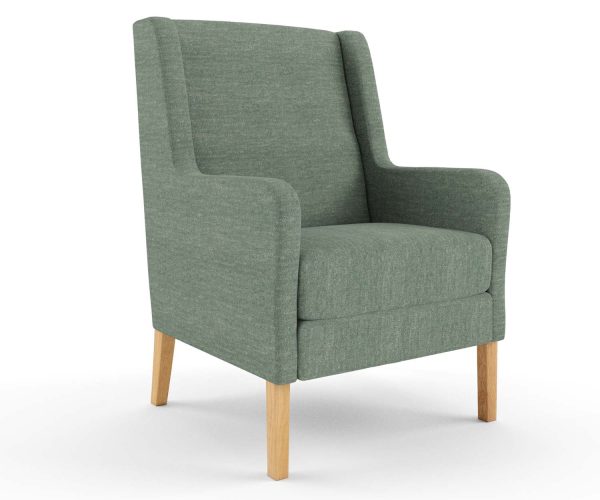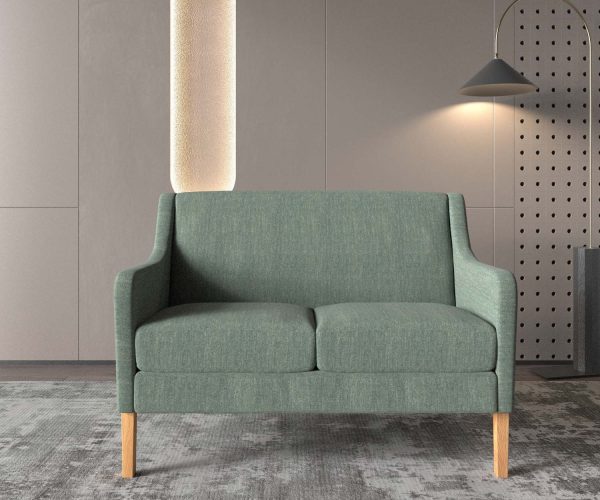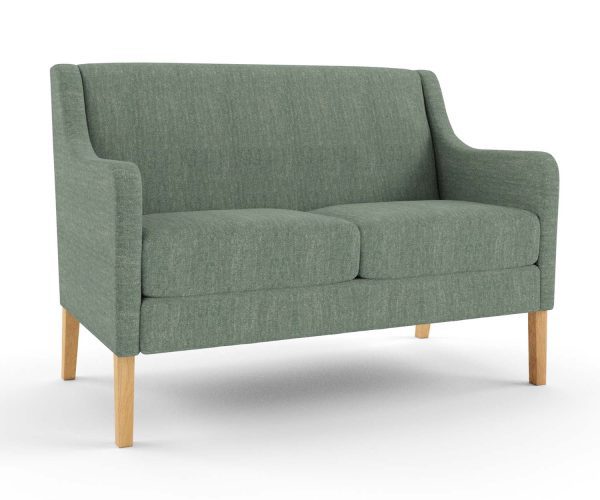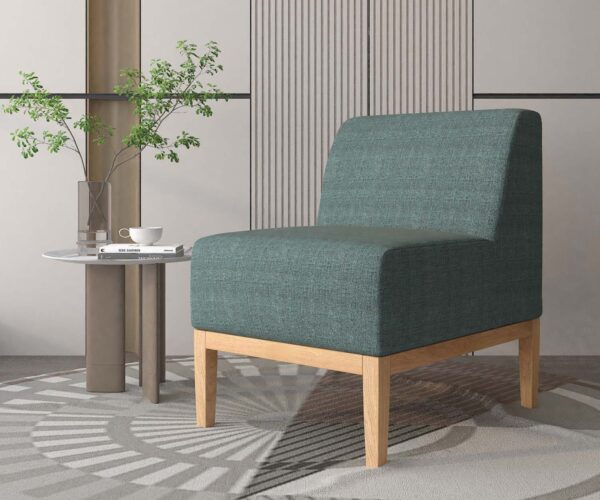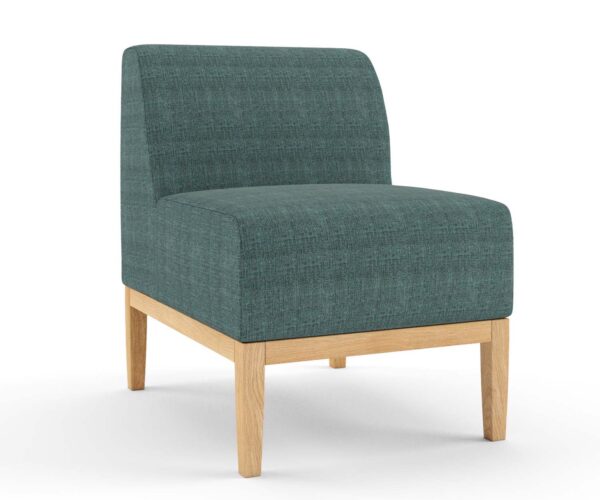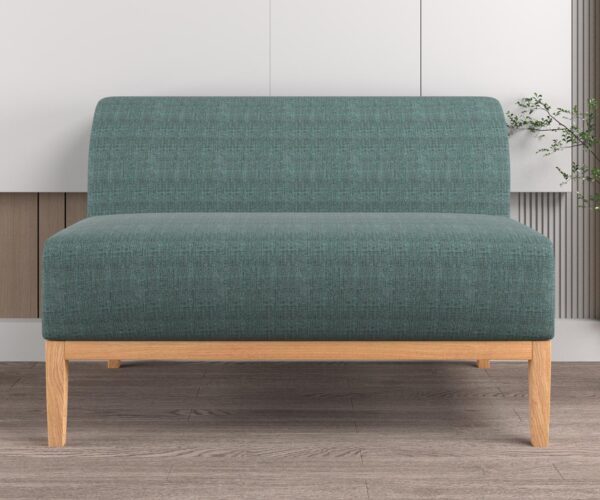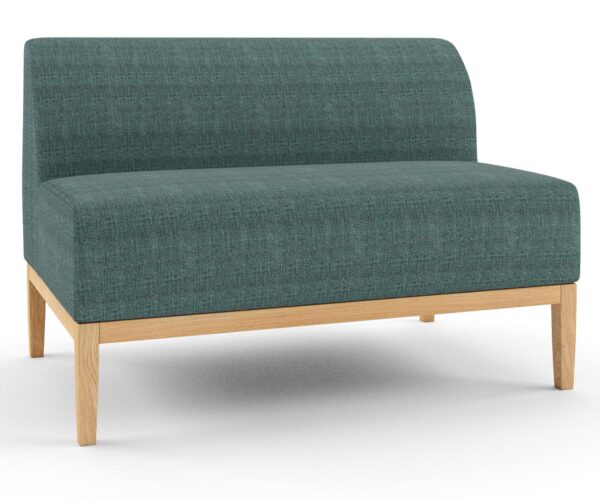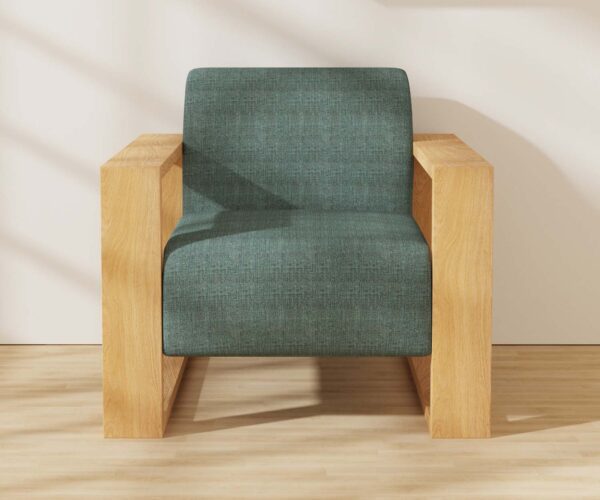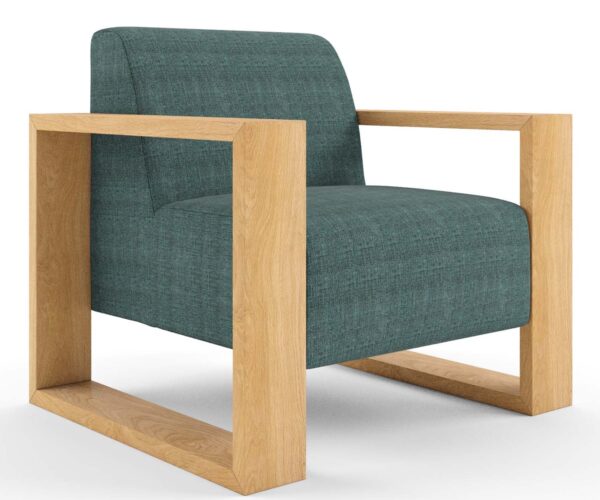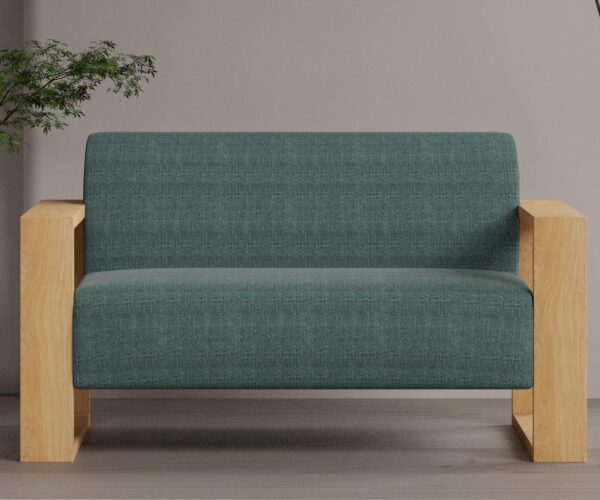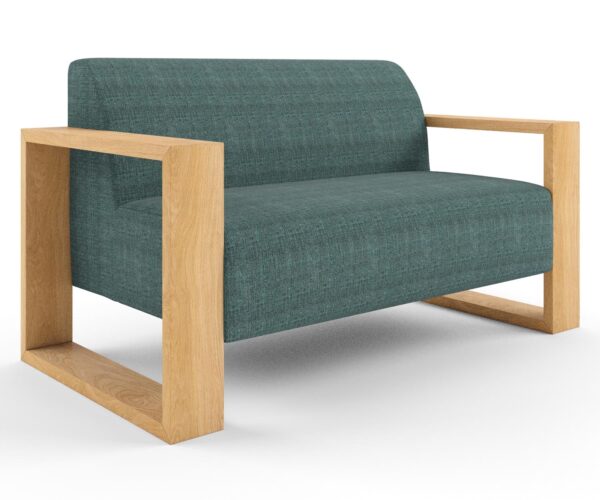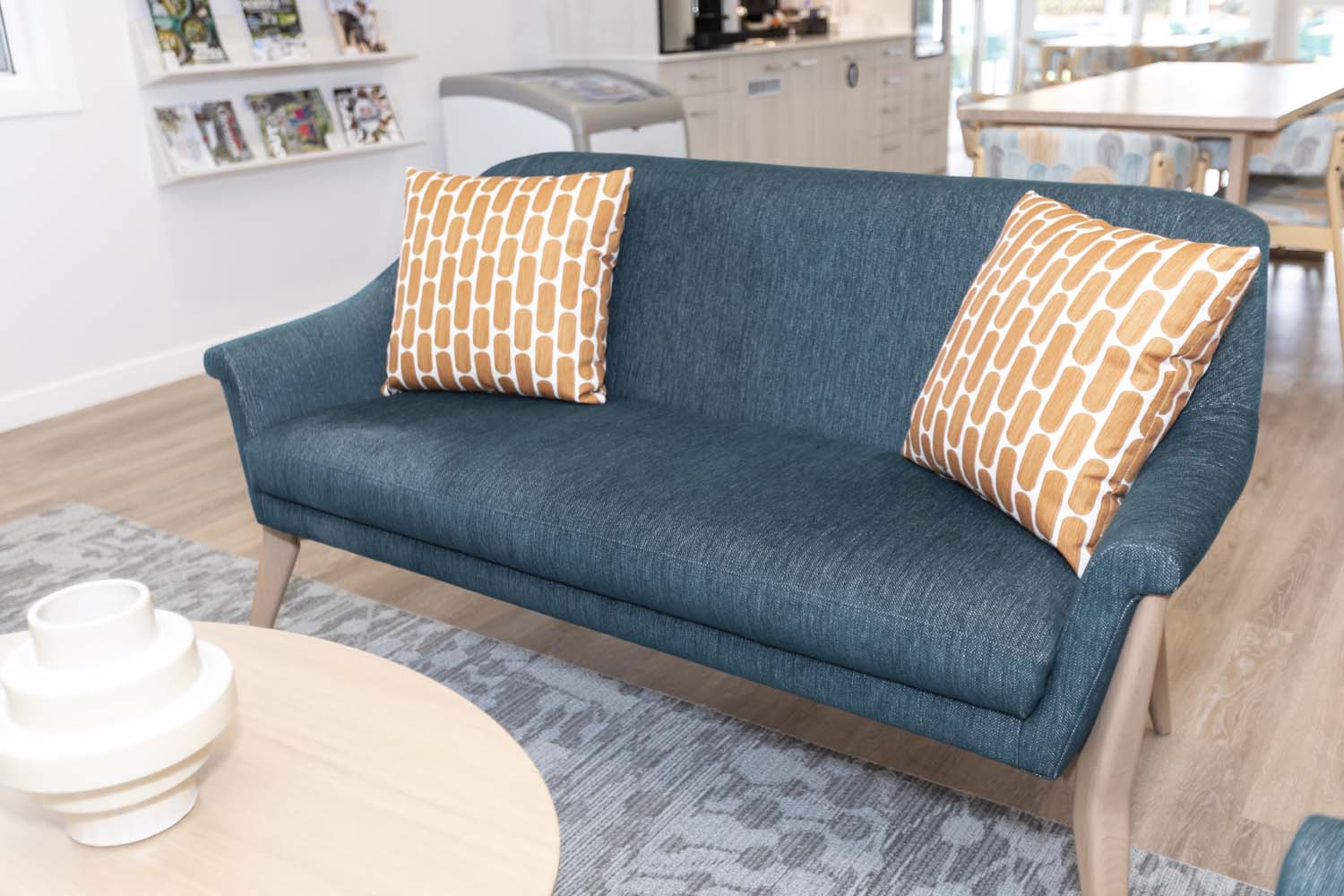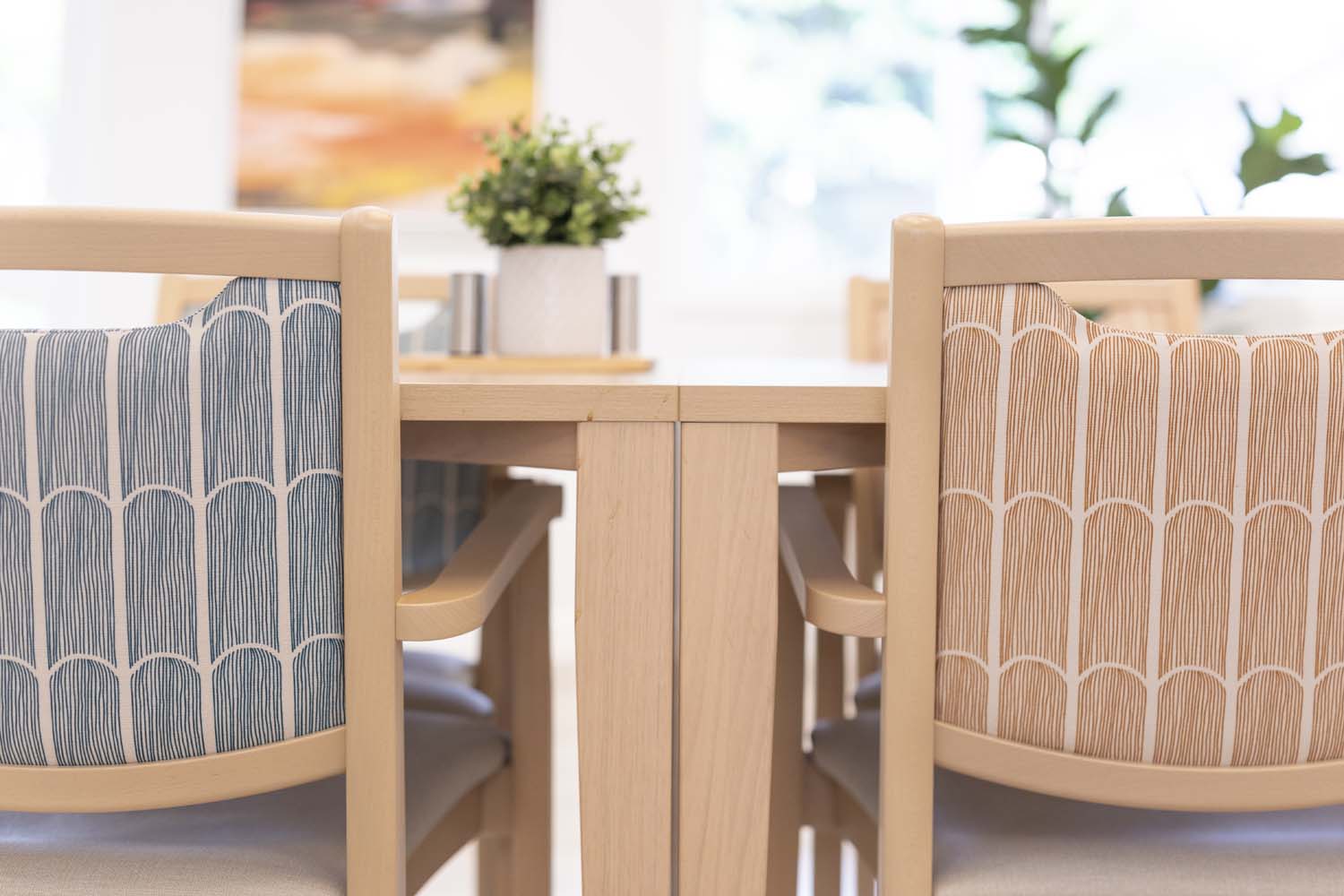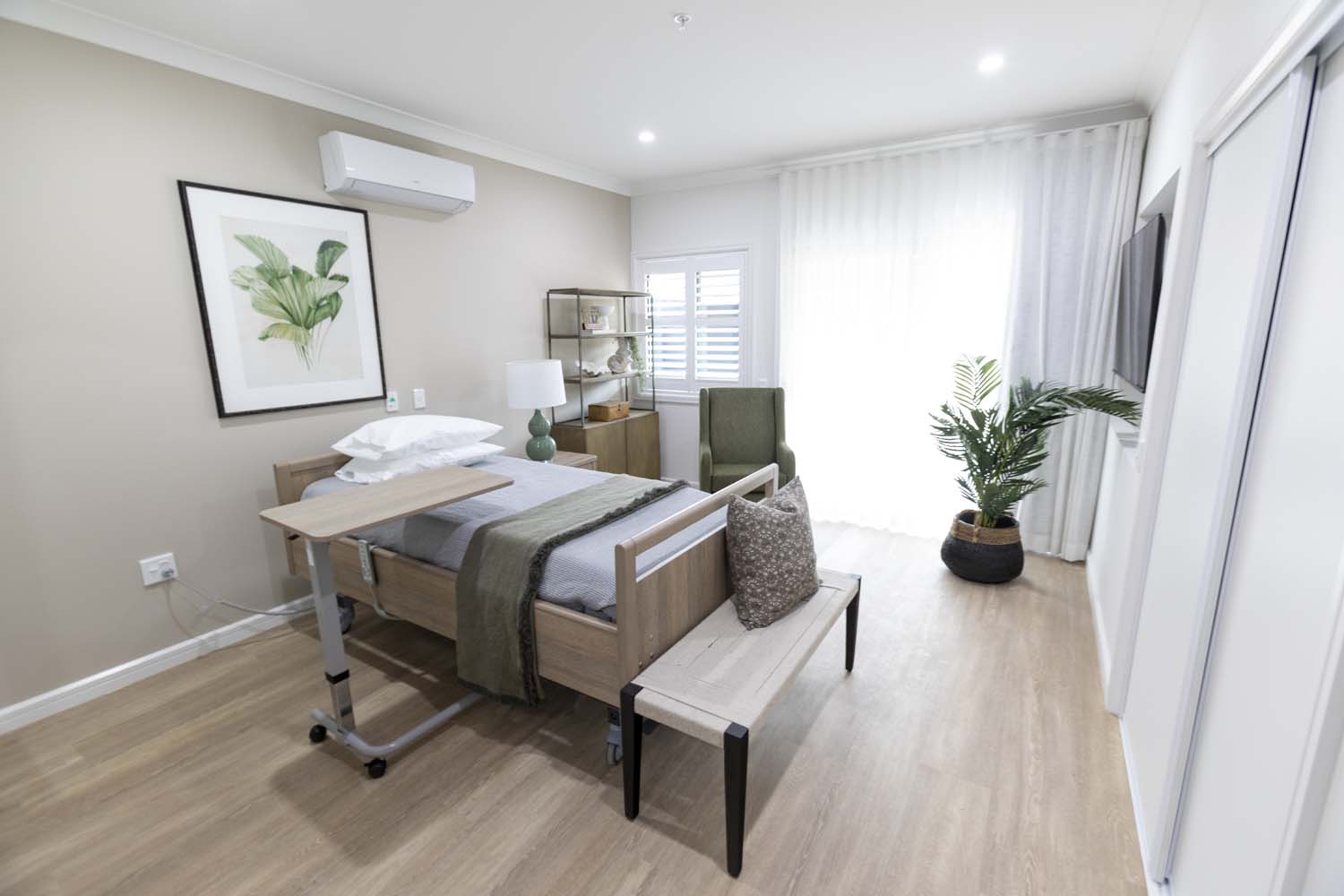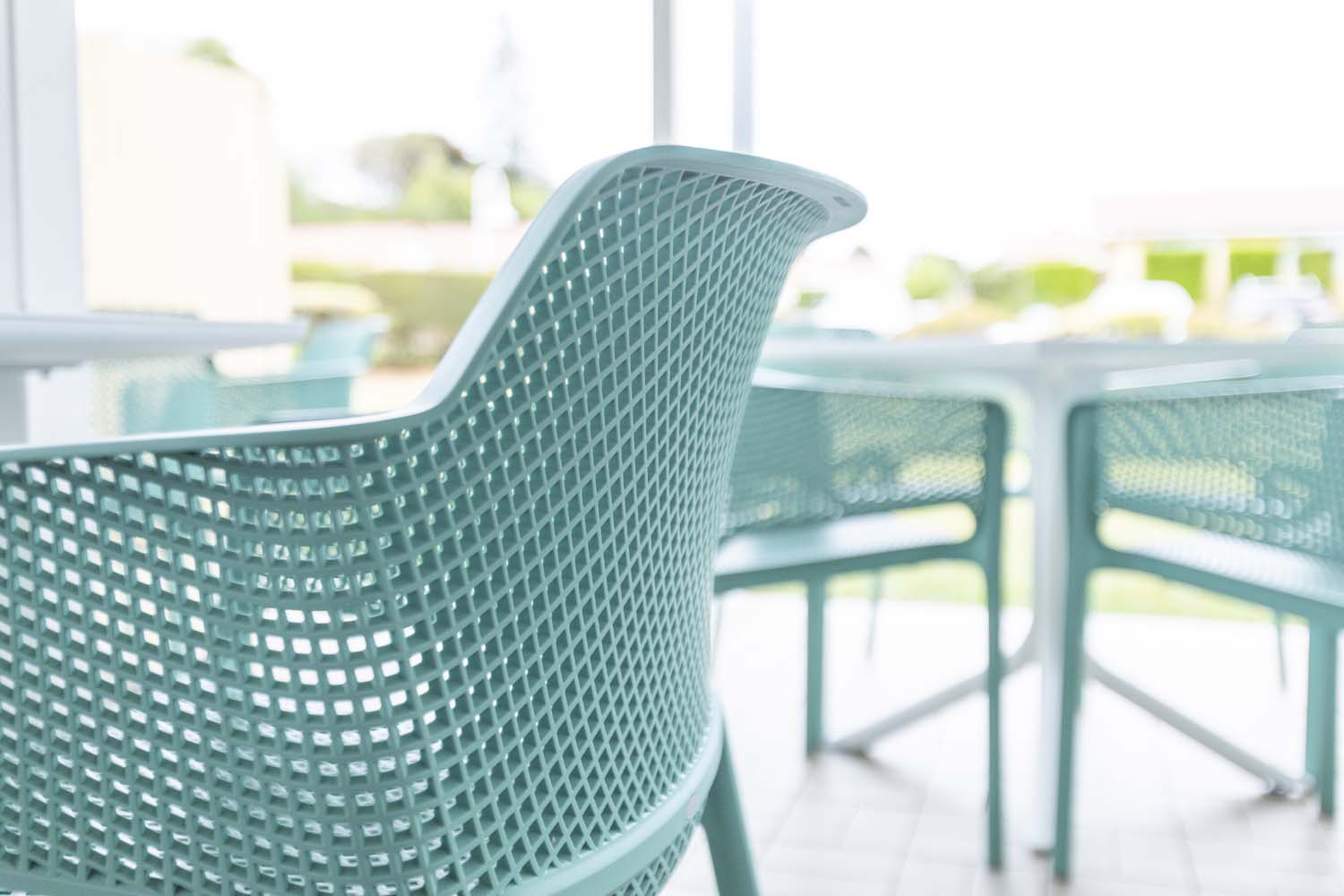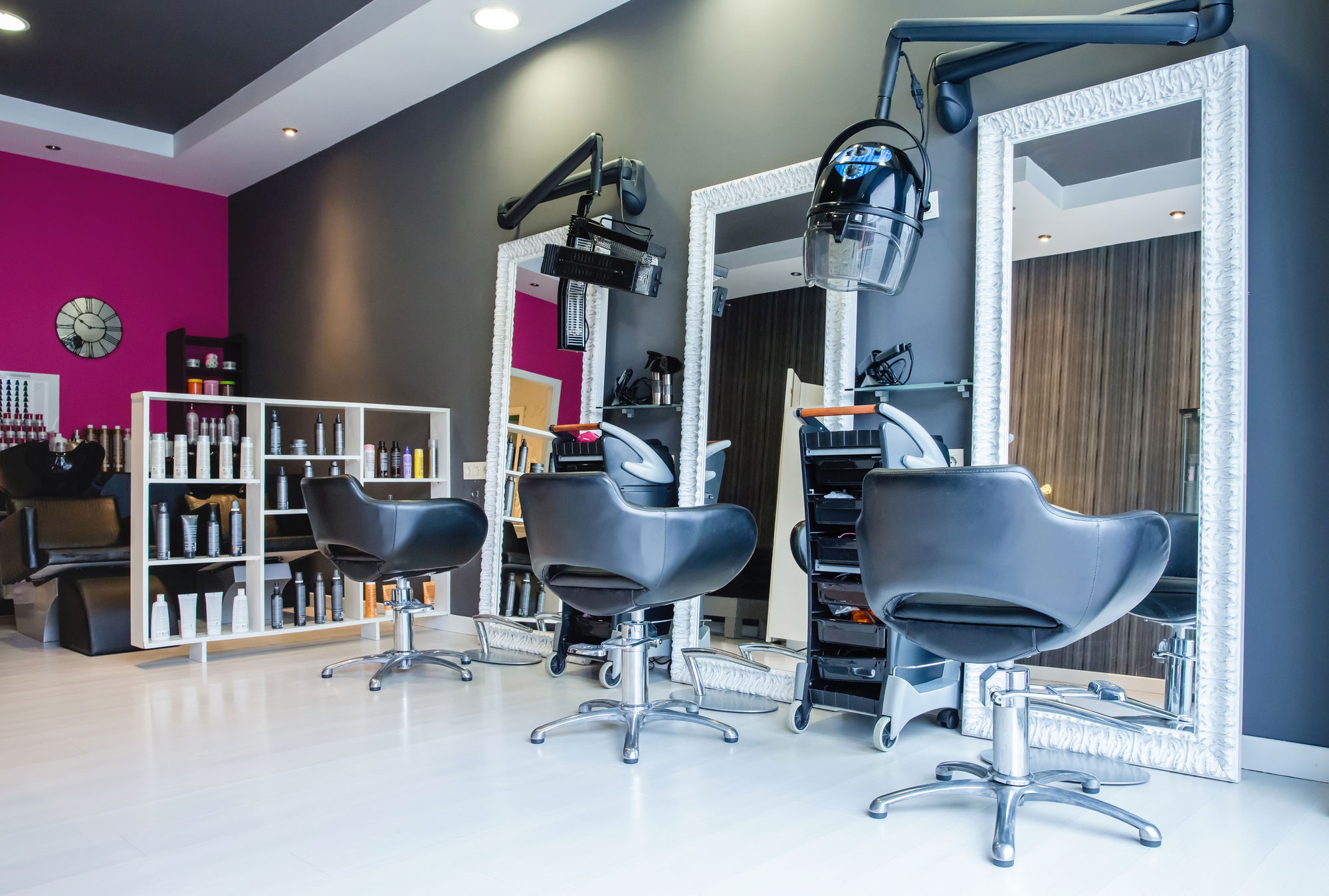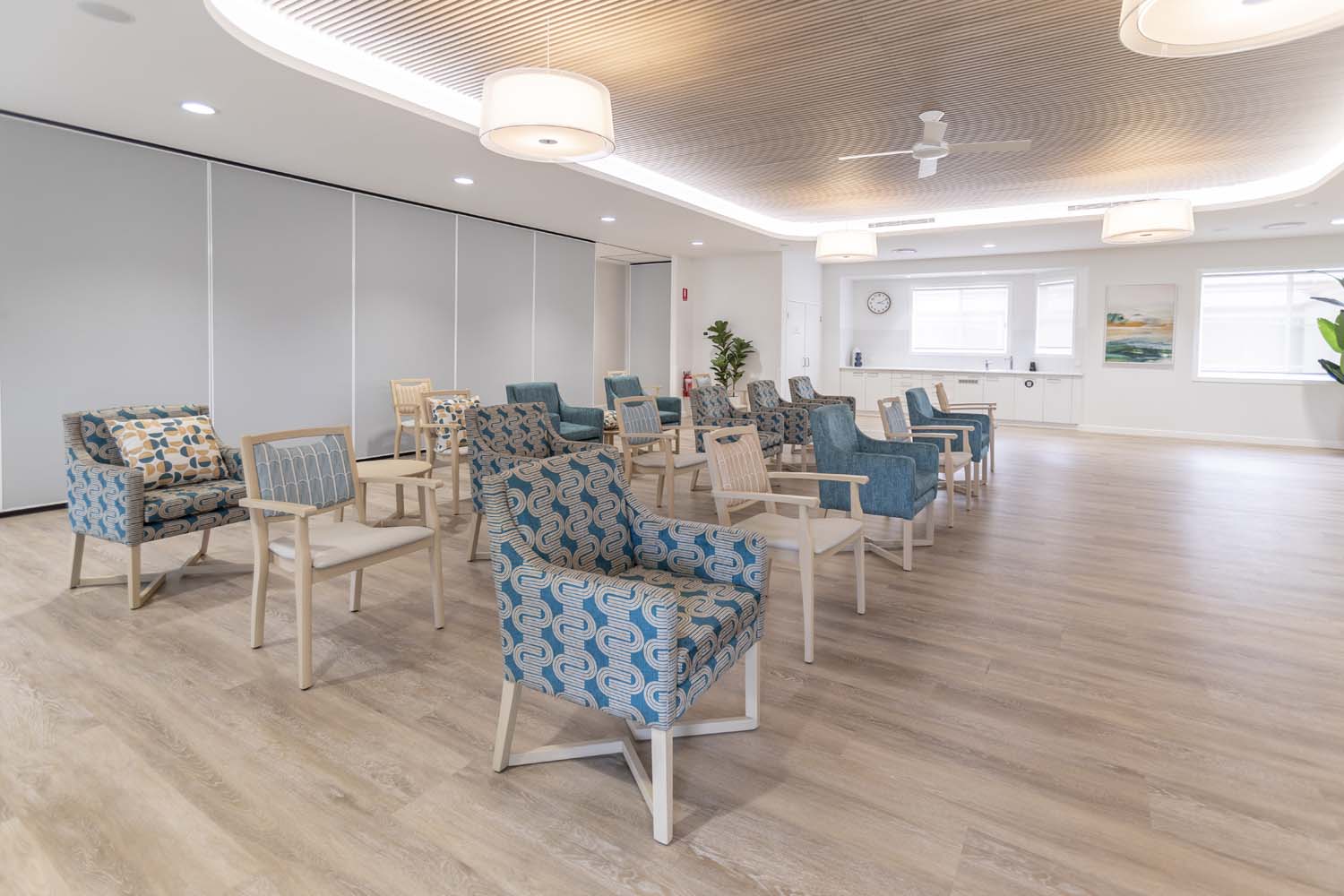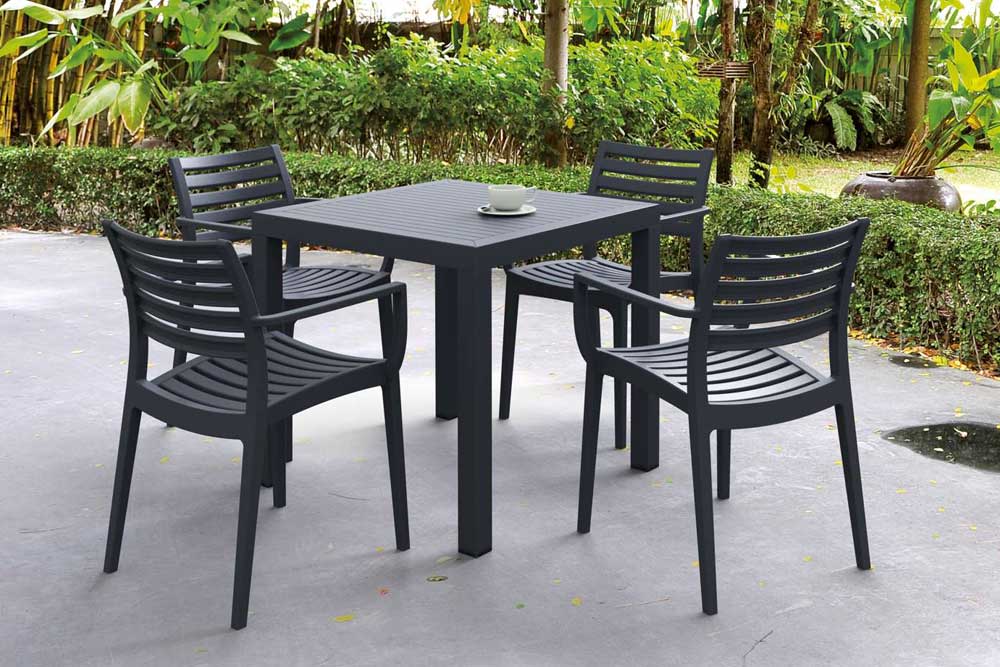Aged Care Furniture: A Practical Guide for Facility Managers

Selecting the right furniture for your aged care facility is more than just a design decision—it directly impacts the comfort, safety, and well-being of both residents and staff. If you’re embarking on a furniture project but aren’t sure where to start, this guide will help you navigate the key considerations to make the process smoother and more effective.
Why Aged Care Furniture Design Matters
Aged care furniture plays a crucial role in supporting residents’ independence while ensuring the safety and efficiency of care staff. Well-designed furniture can:
- Promote mobility and reduce falls
- Support cognitive well-being, especially for residents with dementia
- Create a homely, non-institutional environment
- Improve the functionality and ease of cleaning for staff
To help you make informed choices, here are five essential tips for choosing aged care furniture.
1. Focus on a Homely Yet Practical Aesthetic
Aged Care Facility Managers know that a homely environment is essential for resident comfort and well-being—it’s about finding the right furniture that balances warmth with practicality.
Key Aesthetic Considerations:
- Avoid clinical-looking furniture. Choose styles that resemble residential furniture while maintaining durability.
- Choose dementia-friendly designs. Patterns should be simple and easy to interpret. Avoid high-contrast or detailed designs that may confuse residents.
- Use colour strategically. Colours can define different spaces and help residents navigate their environment.
2. Prioritise Functional Design for Safety and Independence
Furniture should support residents’ physical abilities while making caregiving more efficient.
What to Look for:
- Chairs with sturdy armrests to aid sitting and standing.
- Firm, supportive seat cushions to prevent residents from sinking too low.
- Open-base designs for easy cleaning and hygiene control.
- Tables that accommodate wheelchairs and dining chairs that easily slide under.
- No sharp edges or deep seat pans that could cause discomfort or falls.
A study by QUT Design Lab found that aged care residents prefer higher seat heights than standard recommendations, as they make standing up easier. Keep this in mind when selecting seating.
3. Choose High-Performance Fabrics for Hygiene and Durability
While aesthetics matter, the fabric used in aged care furniture must withstand daily wear and rigorous cleaning.
Fabric Essentials:
- Water-resistant and antimicrobial properties to prevent bacterial growth.
- Smooth, non-porous surfaces for easy cleaning (avoid high-pile fabrics that trap dirt).
- Fire-retardant materials for safety compliance.
- Stain-resistant finishes, such as Crypton fabric, that balance durability with a homely feel.
4. Work with a Specialist Aged Care Furniture Solutions Provider
Aged care furniture requires specialist expertise. Working with a furniture solutions provider experienced in aged care ensures that all furniture meets the unique needs of your residents and staff. A true furniture solutions provider can also provide end-to-end customer solutions including design, manufacturing, project management, installation, and after-sales care.
Why This Matters:
- A specialist provider understands aged care regulations and compliance requirements.
- Custom solutions tailored to your facility’s needs ensure better functionality and fit.
- A single provider means one point of accountability, reducing delays and miscommunications.
- Strong warranty and after-sales support provide peace of mind.
5. Plan for Future-Proof Furniture Solutions
Investing in furniture that meets current needs while accommodating future challenges can save time and costs in the long run.
Future-Proofing Strategies:
- Flexible, modular furniture that can be reconfigured as needs evolve.
- Ergonomic designs that support both residents and staff over time.
- Sustainable materials that are durable and environmentally friendly.
- Technology integration such as height-adjustable tables and sensor-equipped seating for added safety.
Final Thoughts
The right furniture can make a significant difference in the daily lives of your residents and staff. By choosing functional, high-quality, and aesthetically pleasing furniture, you can create a comfortable and supportive environment. If you’re about to start a furniture project and need guidance, partnering with an aged care furniture specialist will ensure you get the best outcomes—on time and within budget.
More News
Aged Care Furniture: A Practical Guide for Facility Managers

Selecting the right furniture for your aged care facility is more than just a design decision—it directly impacts the comfort, safety, and well-being of both residents and staff. If you’re embarking on a furniture project but aren’t sure where to start, this guide will help you navigate the key considerations to make the process smoother and more effective.
Why Aged Care Furniture Design Matters
Aged care furniture plays a crucial role in supporting residents’ independence while ensuring the safety and efficiency of care staff. Well-designed furniture can:
- Promote mobility and reduce falls
- Support cognitive well-being, especially for residents with dementia
- Create a homely, non-institutional environment
- Improve the functionality and ease of cleaning for staff
To help you make informed choices, here are five essential tips for choosing aged care furniture.
1. Focus on a Homely Yet Practical Aesthetic
Aged Care Facility Managers know that a homely environment is essential for resident comfort and well-being—it’s about finding the right furniture that balances warmth with practicality.
Key Aesthetic Considerations:
- Avoid clinical-looking furniture. Choose styles that resemble residential furniture while maintaining durability.
- Choose dementia-friendly designs. Patterns should be simple and easy to interpret. Avoid high-contrast or detailed designs that may confuse residents.
- Use colour strategically. Colours can define different spaces and help residents navigate their environment.
2. Prioritise Functional Design for Safety and Independence
Furniture should support residents’ physical abilities while making caregiving more efficient.
What to Look for:
- Chairs with sturdy armrests to aid sitting and standing.
- Firm, supportive seat cushions to prevent residents from sinking too low.
- Open-base designs for easy cleaning and hygiene control.
- Tables that accommodate wheelchairs and dining chairs that easily slide under.
- No sharp edges or deep seat pans that could cause discomfort or falls.
A study by QUT Design Lab found that aged care residents prefer higher seat heights than standard recommendations, as they make standing up easier. Keep this in mind when selecting seating.
3. Choose High-Performance Fabrics for Hygiene and Durability
While aesthetics matter, the fabric used in aged care furniture must withstand daily wear and rigorous cleaning.
Fabric Essentials:
- Water-resistant and antimicrobial properties to prevent bacterial growth.
- Smooth, non-porous surfaces for easy cleaning (avoid high-pile fabrics that trap dirt).
- Fire-retardant materials for safety compliance.
- Stain-resistant finishes, such as Crypton fabric, that balance durability with a homely feel.
4. Work with a Specialist Aged Care Furniture Solutions Provider
Aged care furniture requires specialist expertise. Working with a furniture solutions provider experienced in aged care ensures that all furniture meets the unique needs of your residents and staff. A true furniture solutions provider can also provide end-to-end customer solutions including design, manufacturing, project management, installation, and after-sales care.
Why This Matters:
- A specialist provider understands aged care regulations and compliance requirements.
- Custom solutions tailored to your facility’s needs ensure better functionality and fit.
- A single provider means one point of accountability, reducing delays and miscommunications.
- Strong warranty and after-sales support provide peace of mind.
5. Plan for Future-Proof Furniture Solutions
Investing in furniture that meets current needs while accommodating future challenges can save time and costs in the long run.
Future-Proofing Strategies:
- Flexible, modular furniture that can be reconfigured as needs evolve.
- Ergonomic designs that support both residents and staff over time.
- Sustainable materials that are durable and environmentally friendly.
- Technology integration such as height-adjustable tables and sensor-equipped seating for added safety.
Final Thoughts
The right furniture can make a significant difference in the daily lives of your residents and staff. By choosing functional, high-quality, and aesthetically pleasing furniture, you can create a comfortable and supportive environment. If you’re about to start a furniture project and need guidance, partnering with an aged care furniture specialist will ensure you get the best outcomes—on time and within budget.
Commercial furniture by room
Based in Brisbane, we’re an Australian manufacturer of aged care furniture, retirement living furniture, hospital & healthcare furniture, hotel & accommodation furniture and student accommodation furniture. We also supply a range of commercial office furniture.
Discover the FHG Look Book: Your Source of Inspiration for Quality Australian-Made Commercial Furniture
- Quality Craftsmanship: See why we’ve been a trusted partner for over 25 years.
- Local Excellence: Learn how our Brisbane team ensures the highest standards.
- Inspiration and Ideas: Find innovative furniture solutions for any environment.
Don’t miss the opportunity to transform your commercial space with FHG’s expertly crafted furniture. Download the FHG Look Book today and start your journey towards exceptional design and quality.

